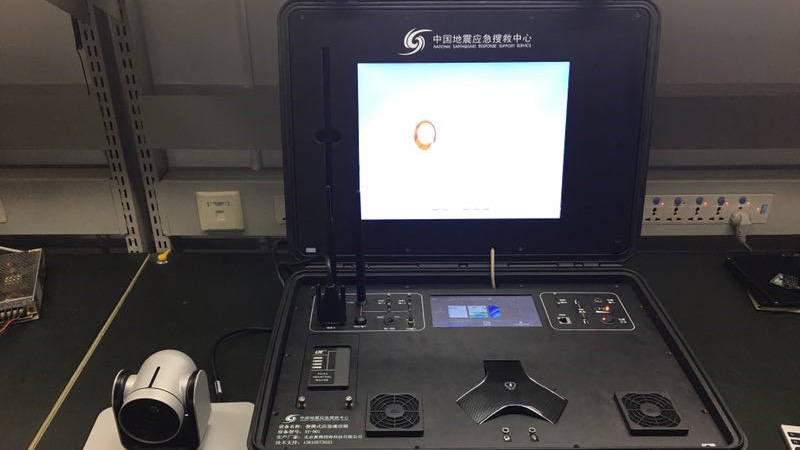Natural disasters can be hard to deal with. An earthquake can destroy a city's infrastructure, cutting out cellphone signals and travel routes.
For the emergency rescue team, that's like a black box. You don't know what's going on inside or how to get in. All you can do is prepare.
That's one of the reasons why high-tech is often seen in rescuing missions.
As China's technology sector rapidly develops, rescue teams also gear up against severe disasters. Many of those technologies are very familiar to gadget lovers.
Drones: Check out before heading out
Vloggers love to use drones to shoot videos from above and it looks amazing.
In addition to the thrill, the gadget can also be used to check the damage from a disaster.
Take the example of earthquake again. When a big earthquake comes, it does not strike only once. As a rescuer, you don't want to get trapped by aftershocks and become a victim yourself.
So you send a drone instead. It can remain flying no matter how much the ground shakes.
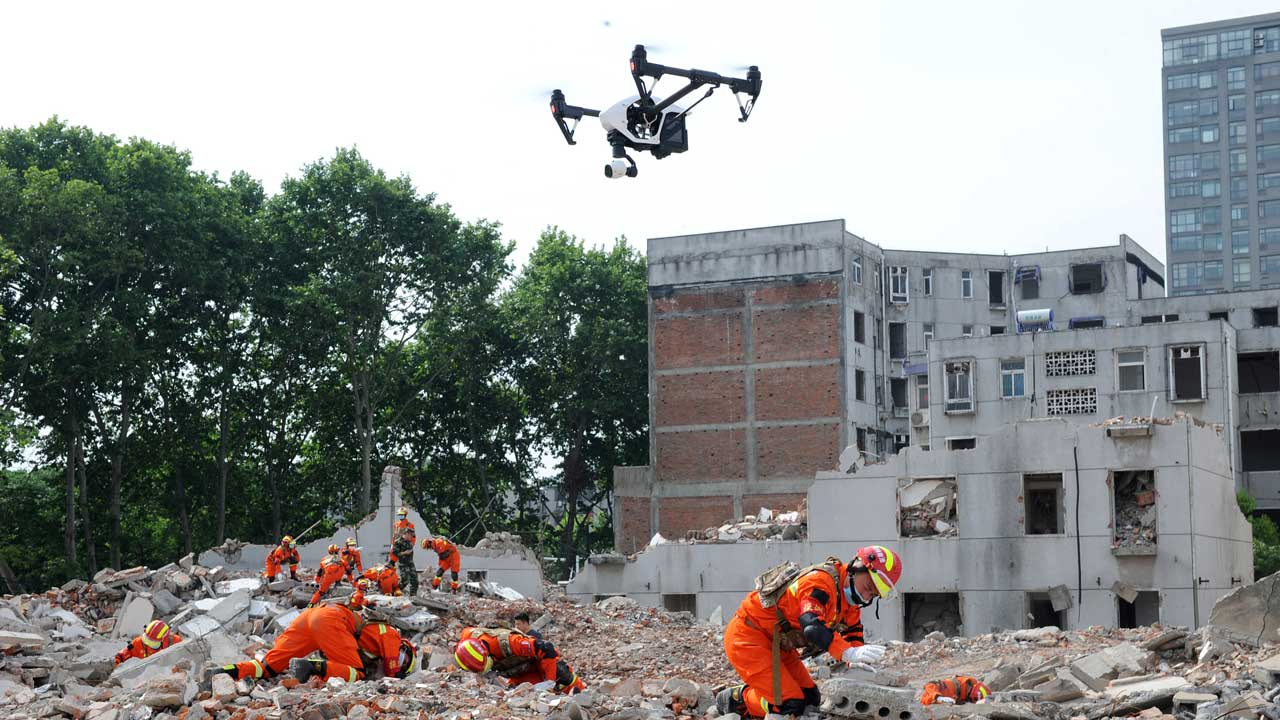
A drone films a rescue drill in Huainan, east China's Anhui Province, May 18, 2016. /VCG Photo
A drone films a rescue drill in Huainan, east China's Anhui Province, May 18, 2016. /VCG Photo
With cameras and maybe live stream add-ons, you can sit in a safe-house getting an overview of what's going on inside the black box.
The footage can almost ensure the rescue teams come out with a better plan.
Satellites: Detecting the slightest movement
We at CGTN love to talk about China's space projects. When a rocket is launched, we always brief you on what kind of payload it carries. Now let's get to some details.
Some of those payloads are "remote-sensing" satellites that observe the ground and alarm rescuers when things go wrong.
China has launched many Gaofen satellites to do this job. "Gaofen" is the pinyin spelling of "high-definition" in Chinese.
Though the satellites are high above, they can monitor changes on the ground at a one-meter level.
With ground stations, these sats can do even more.
A good example is BeiDou, China's homemade GPS rival.
the GPS on your smartphone may not be very accurate. It's not always sure which side of the road you are on.
But with a fixed ground station, it can get your position at a millimeter level.
It means the BeiDou satellites can monitor small movements of the continent, thus help detect earthquakes.
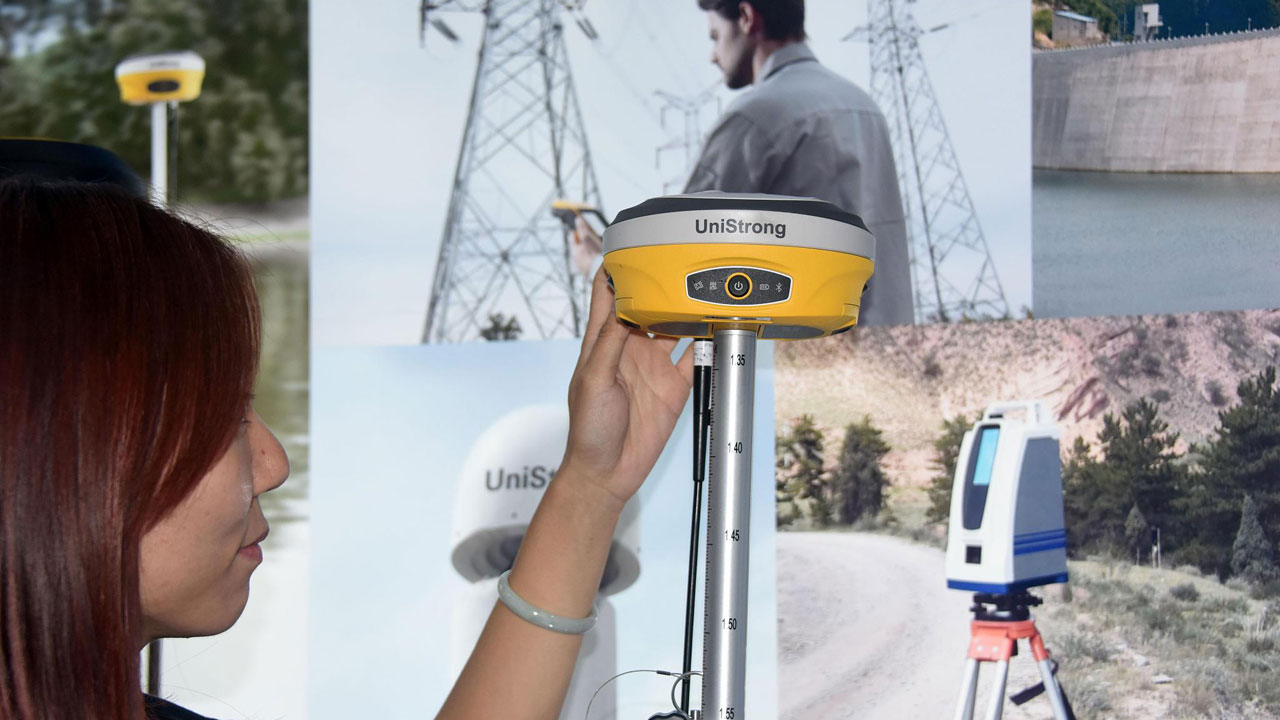
A BeiDou-capable positioning terminal showcased by a Beijing company at the China Satellite Navigation Exhibition in Harbin, northeast China's Heilongjiang Province, May 24, 2018. /VCG Photo
A BeiDou-capable positioning terminal showcased by a Beijing company at the China Satellite Navigation Exhibition in Harbin, northeast China's Heilongjiang Province, May 24, 2018. /VCG Photo
5G: Video conferences on the go
Though 4G is fast enough for video conferences, 5G can bring us multi-side video chats.
Emergency rescue work in China often involves more than one command center. It can be really hard for a rescue worker to listen to more than one commander.
Multi-side video chat can let all commanders see each other, make sure everyone is on the same page.
5G in China is still under development. But demo devices for rescue workers are already there.
This is a personal communication box. It can connect to Ethernet, 4G/5G network and satellites to send data. It also has all kinds of plugs for cameras, drones and microphones.
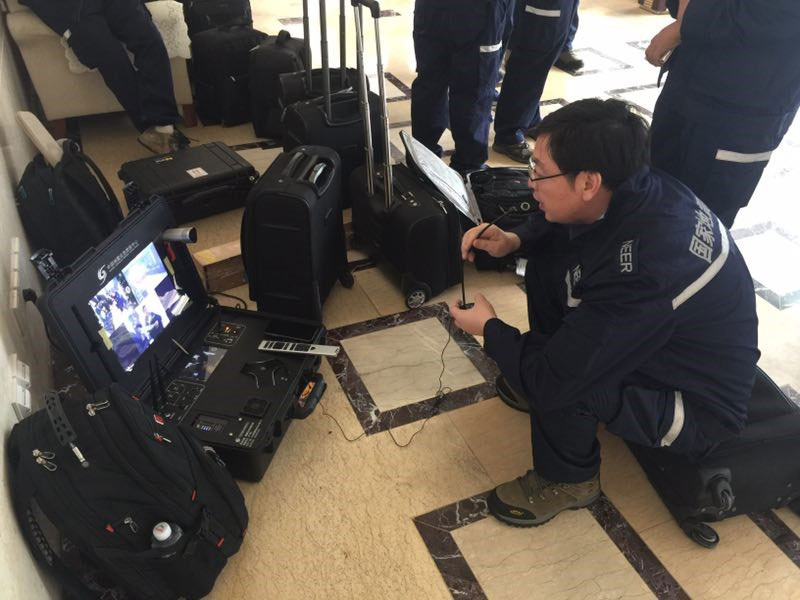
A rescue worker uses personal communication box to get in touch with a command center after an earthquake struck southwest China's Sichuan Province, August 8, 2017. /Photo from the Ministry of Emergency Management of China
A rescue worker uses personal communication box to get in touch with a command center after an earthquake struck southwest China's Sichuan Province, August 8, 2017. /Photo from the Ministry of Emergency Management of China
What's more, it has an LCD monitor for video chat we just mentioned.
Older versions of the box are widely implemented in China and are in active use.
When China created a new ministry for emergency management back in April, it launched a national inspection of rescue workers. The box is used to send live video signals, saving a lot of travel time for the inspectors.
High-tech equipment in China's emergency management will increase as leaders of the ministry see technology as one of the guarantees for safety.
In a work meeting held in May, the ministry decided to "actively push forward the sci-tech advancement on security," and "reduce risks by installing better equipment."
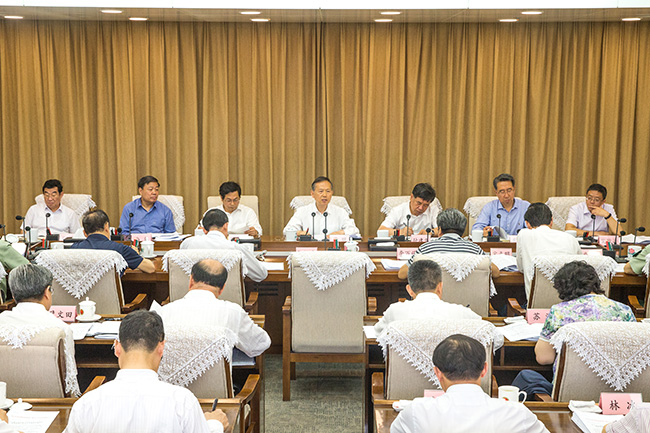
Leaders of the ministry discuss future plans at a meeting, May 14, 2018. /Photo from the Ministry of Emergency Management of China
Leaders of the ministry discuss future plans at a meeting, May 14, 2018. /Photo from the Ministry of Emergency Management of China

